Unlock the Power of Marketing: Get Your Free Marketing Plan Workbook
Enhance your marketing expertise with our free Marketing Plan Workbook, tailored specifically for small business owners...
8 min read
By:
Cubeler en-ca
26-Jan-2024 10:40:13 AM

Perfect your digital marketing strategy with six game-changing trends every business owner needs to know in 2024.
Every year, we’re seemingly inundated with the next big digital marketing trends to watch. This year is no different—but with a twist.
While often a pithy and diverting read for many marketers, the marketing tricks and tips expounded by the “Forbes” and “Business Weeks” of the world all too often cater to big corporates and titan tech brands.
Left out of the “digital marketing trend report” equation are the small and medium-sized enterprises (SMEs) that form the backbone of Canada’s economy.
Even with the best advice from these lofty business publications, advice for the typical SME will always need to be different. Smaller teams and tighter budgets mean the challenges SMEs face are different and, often, more numerous than their bigger competitors.
Not anymore. We’ve got you covered.
With digital marketing firmly in the spotlight, here are six key trends every SME marketer needs to know and apply in 2024, along with actionable advice you should follow to the letter now and every mile down the road.
In 2024, artificial intelligence (AI) will blossom into a tool of undeniable value, especially for SMEs striving to stay ahead in a competitive digital marketplace.
The evolution of AI technology has brought forth user-friendly and cost-effective solutions, tailor-made for the unique challenges and opportunities faced by small and medium-sized enterprises.
Long considered a luxury of large corporations, AI is now an accessible tool for SMEs. Starting in 2023, investing in AI did not break the bank, offering solutions that can play a transformative role in their marketing operations.
The democratization of AI technology has leveled the playing field, allowing smaller businesses to harness the power of advanced data analysis and automation.
Here are some impactful ways AI can reshape the SME landscape in 2024.
With the proliferation of smart speakers and voice-activated devices, voice search optimization has become a crucial element of digital marketing strategies.
AI's ability to analyze voice search data allows SMEs to personalize content and offers more effectively, meeting customers' needs with unprecedented precision.
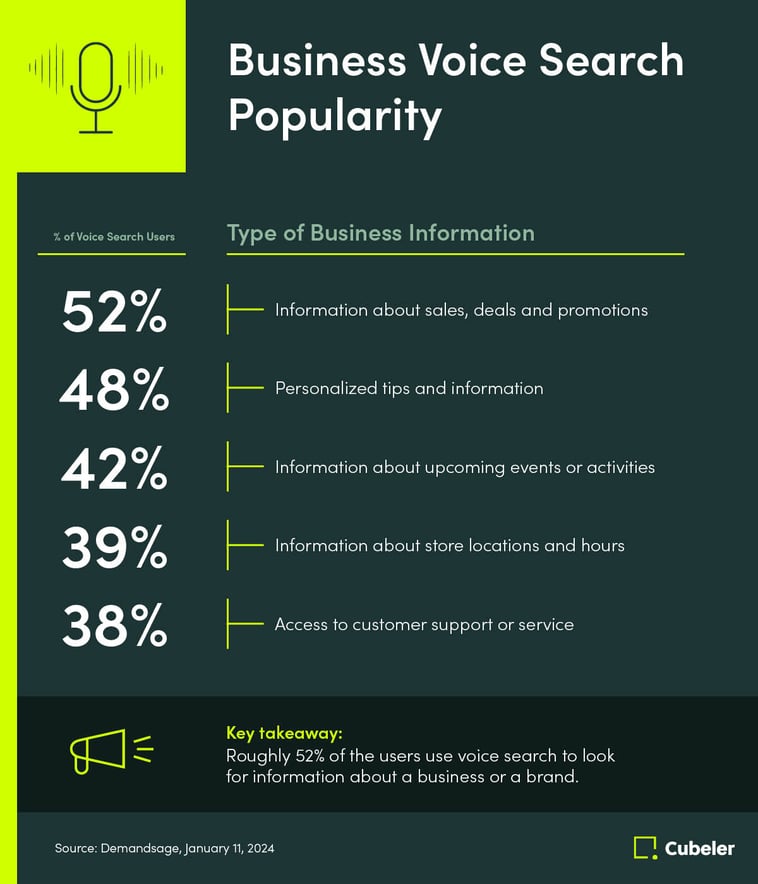
AI's advanced algorithms now enable SMEs to deliver highly personalized content to their audience.
Highly personalized content not only enhances customer experience but also significantly boosts engagement rates.
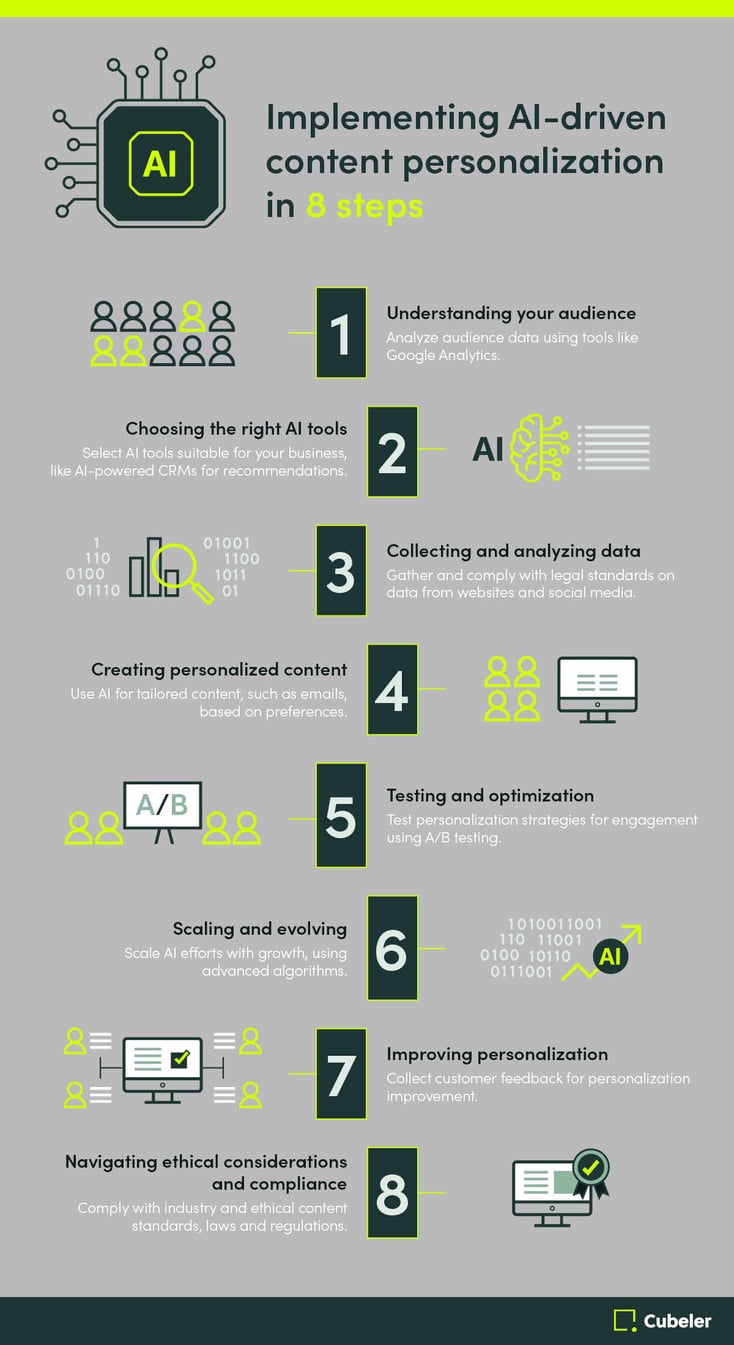
The introduction of AI in customer service, particularly through advanced chatbots and virtual assistants, has transformed how SMEs interact with their customers.
These AI-powered tools are now capable of handling complex queries, providing instant support, and enhancing overall customer experience.
While the benefits are immense, SMEs must navigate the ethical implications of AI, particularly concerning data privacy and security.
AI will become an even more integral component of the SME toolkit in 2024. More than anything else, its applications offer SMEs an opportunity to innovate, connect with customers on a deeper level and maintain a competitive edge.
|
|
AI-powered voice search optimization > |
The shift towards a cookieless digital environment, which has been on the horizon for a few years, has finally materialized in 2024.
Google's phasing out of third-party cookies, initially delayed to 2023, has now fully taken effect, fundamentally altering the landscape of digital marketing.
In 2023, the industry was already grappling with this impending change. Now, in 2024, SMEs are actively adapting with innovative strategies to navigate this new reality.
2024 reality: With third-party cookies now a thing of the past, SMEs are pivoting towards new marketing methodologies. This shift necessitates a departure from traditional reliance on third-party data, pushing marketers to explore alternative avenues.
Contextual advertising comes to the fore: In the absence of third-party cookies, contextual advertising has emerged as a powerful tool. This technique involves placing ads based on the content of the website, rather than relying on user data, aligning marketing messages more closely with user interests in real-time.
Today, the focus has shifted significantly towards first-party data, which is information directly collected from customers. This data is not only more reliable and relevant but also aligns with the increasing consumer demand for privacy and transparency.
When it comes to first-party data, the use of Customer Relationship Management (CRM) systems has become more crucial than ever. These systems enable SMEs to effectively organize, analyze and leverage first-party data to deliver personalized customer experiences.
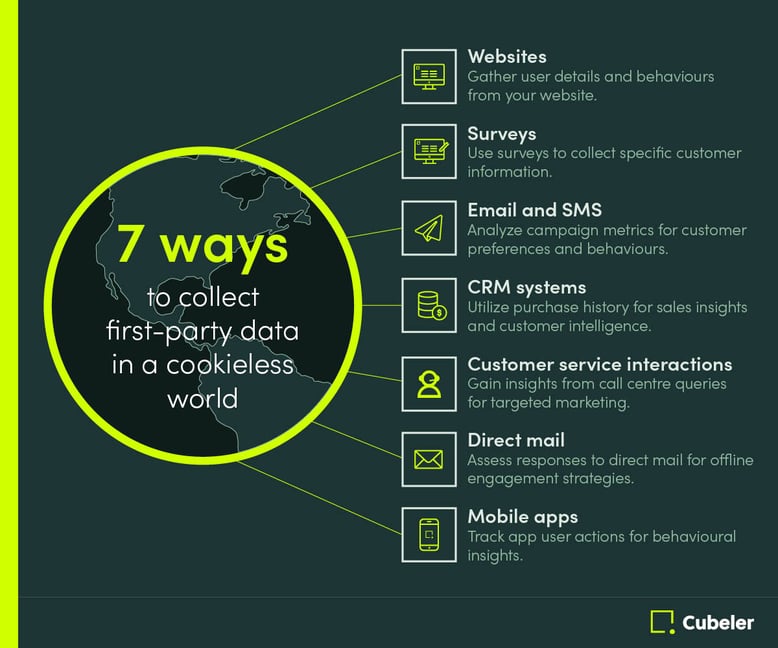
Transitioning to a cookieless world is not an overnight change. It requires strategic planning and a deep understanding of new marketing tools and techniques.
SMEs must take proactive steps to adapt, embracing new technologies and strategies to remain competitive in this evolving landscape. The wait-and-see approach is no longer viable in 2024.
As you move through 2024, the cookieless future is no longer a distant prospect but a present reality. Embracing this shift is essential for SMEs to stay relevant and successful in the current digital marketing era.
|
As we progress into 2024, the digital marketing world continues to evolve at a rapid pace. For SMEs, staying ahead of these changes is not just about survival but thriving in an increasingly digital ecosystem.
A significant development in marketing strategies is the incorporation of emerging social media platforms and cutting-edge technologies like augmented reality (AR) and virtual reality (VR).
AR and VR offer immersive experiences, elevating customer engagement to new heights. SMEs should explore these platforms to create unique and memorable brand interactions.
Another crucial aspect in 2024 is the increasing reliance on predictive analytics. This technology enables SMEs to understand and anticipate consumer behavior changes, allowing for more targeted and effective marketing strategies.
Predictive analytics can offer insights into consumer preferences, future buying behaviors, and potential market trends, making it an invaluable tool for SME marketers.
The customer journey has become more complex and digital-centric.
SMEs need to create seamless omnichannel experiences, ensuring that customer interactions are consistent and personalized across all platforms and touchpoints.
In 2024, consumers have more power than ever before. The ease of switching brands or services in a subscription-based economy means that trust and brand loyalty are paramount.
SMEs must focus on building trust through transparency, quality and consistency in their digital presence.
While integrating new marketing technology trends, it's crucial for SMEs to maintain the core elements that have always been important in digital marketing.
SMEs need to understand the customer journey, providing readily accessible information, ensuring transparency and offering high-quality product assets to create a frictionless digital experience.
In 2024, the key for SME marketers is to adapt quickly to this shifting landscape.
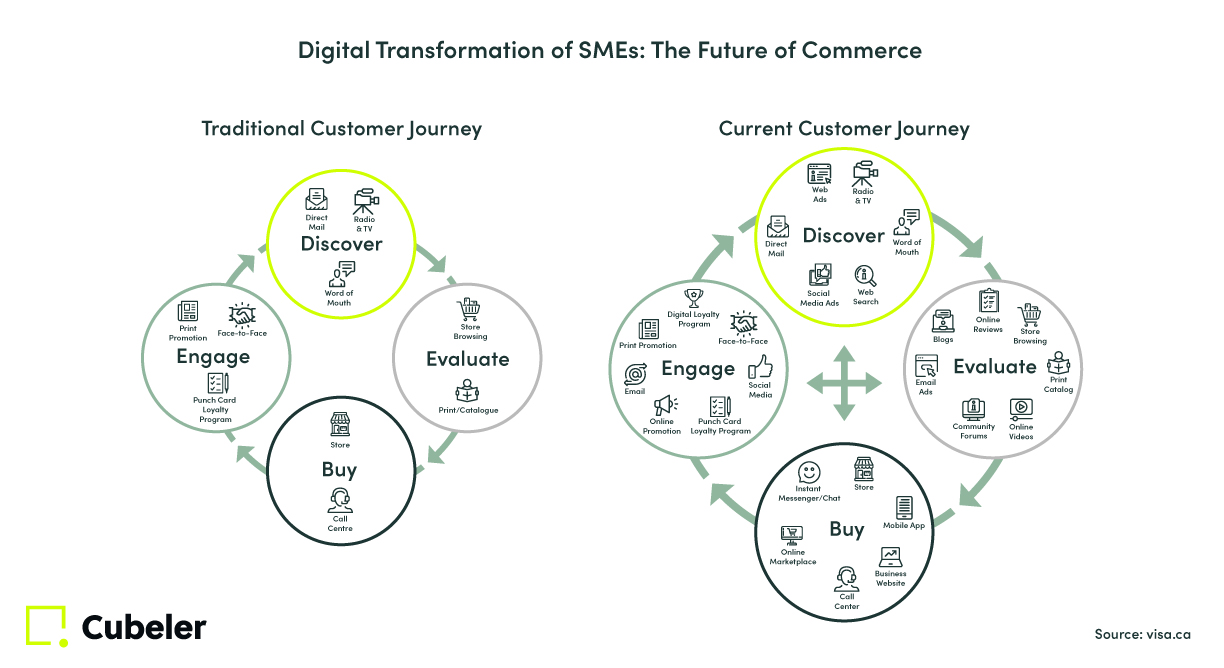
By embracing emerging technologies like AR and VR, leveraging predictive analytics and focusing on creating seamless omnichannel experiences, SMEs can effectively respond to changing consumer behaviour and stay competitive in the digital marketplace.
|
The global recession in 2024 has pushed businesses to adapt and refine their marketing strategies. Two key trends that have emerged: cost-effective digital marketing and agile marketing.
With tighter budgets, companies are seeking more cost-effective methods to reach their audience. Influencer partnerships is a notable example:
Agility in marketing has become crucial. Here’s why the ability to swiftly adapt marketing strategies in response to rapidly changing economic conditions and consumer sentiment is vital:
This approach involves continuously monitoring market trends, consumer behaviors and economic indicators, quickly adjusting marketing campaigns, messages and channels accordingly.
If you can effectively leverage digital channels and maintain agility in your marketing efforts, your business is more likely to navigate through the recession more successfully.
|
|
|
The year 2024 marks a turning point for digital marketing strategies with the dramatic rise of interactive content.
Interactive content broadly refers to different types of content designed to boost audience engagement and interaction. The most common types of this content include interactive quizzes, calculators, infographics, image sliders, games, maps, webinars, film and video.
Small and medium-sized enterprises (SMEs) can now increasingly harness the power of interactive content experiences to captivate their audience.
The interactive content trend, of course, is not just about engagement—it’s a strategic move to gather invaluable consumer data.
Interactive content has transcended traditional marketing methods, offering an immersive and participatory experience that resonates deeply with today’s consumers.
Quizzes and polls, for instance, serve as a double-edged sword. They not only keep users engaged but also act as tools for collecting preferences and opinions, providing SMEs with a goldmine of consumer insights.
Augmented reality (AR) experiences take this engagement to a whole new level. They offer a unique blend of reality and digital innovation, allowing customers to interact with products or services in a dynamic, virtual environment.
This immersive experience not only elevates brand perception but also significantly boosts customer interaction and retention rates.
Interactive content does not just capture the attention of their target audience—it also lays the groundwork for data-driven strategies that are tailored to meet the ever-evolving consumer needs.

For SMEs, incorporating interactive content into their digital strategies is no longer an option but a necessity in 2024.
|
|
|
In 2024, video marketing will continue to evolve. The most striking trend will be the dominance of short-form videos, especially on platforms like TikTok.
These concise, impactful videos have transformed the landscape of digital marketing, offering a fresh and engaging way for SMEs to connect with their audience.
Short-form videos, typically ranging from 15 to 60 seconds, are more than just a trend—they are a potent communication tool in today's fast-paced digital world.
Their brevity aligns perfectly with the decreasing attention spans of online audiences, making them an ideal medium for capturing and retaining viewer interest.
Platforms like TikTok have become hotbeds for creativity and virality, providing SMEs with an unparalleled opportunity to reach a broader and more diverse audience.
These platforms encourage a more authentic and spontaneous style of content, which resonates strongly with younger demographics.
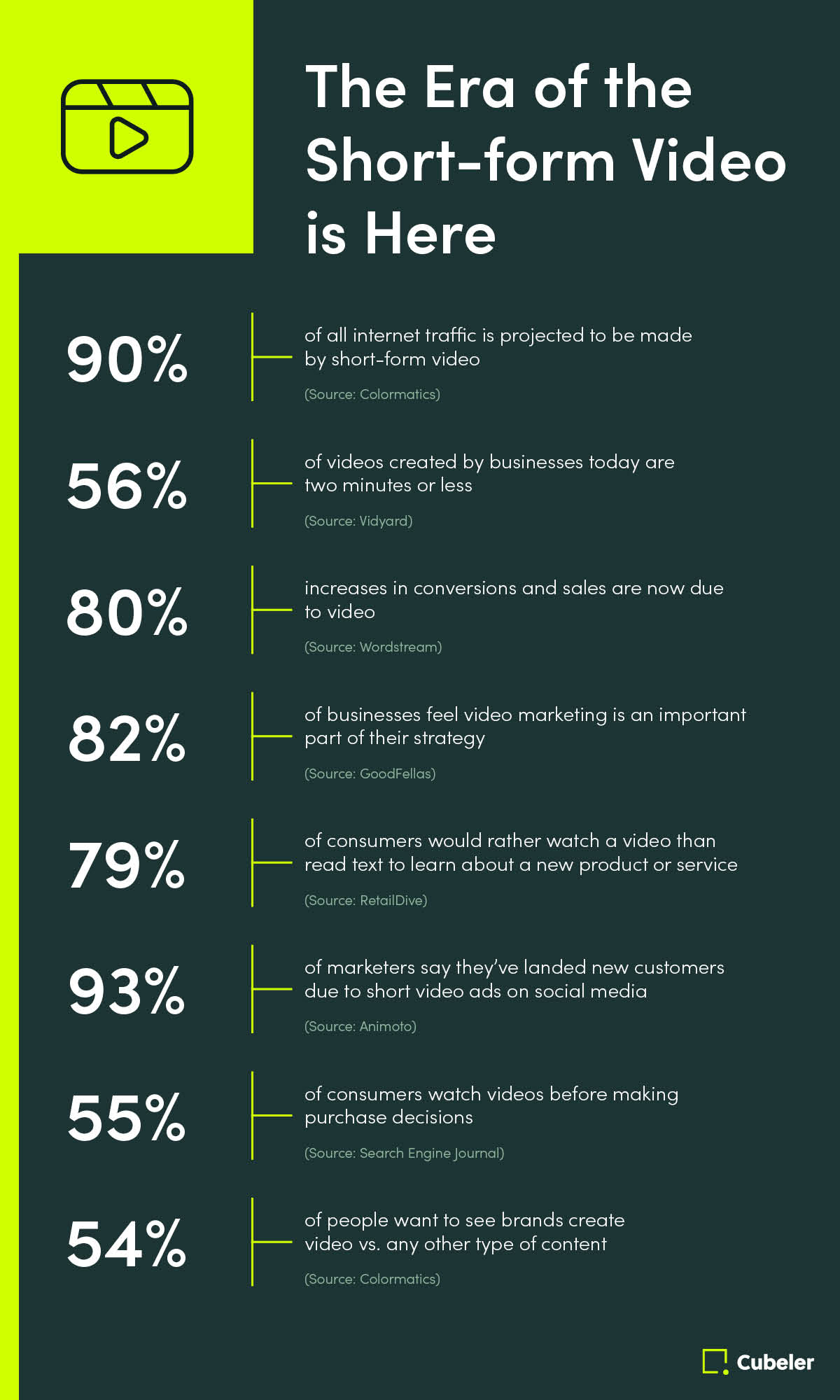
In 2024, SMEs venturing into video marketing must embrace the power of short-form videos.
This format is not just a means to keep up with current trends, but a strategic tool for building a more dynamic and relatable brand presence in the ever-evolving digital marketing arena.
|
|
|
With the digital marketing landscape continuously evolving, SME marketers must stay ahead of the curve. Here are the updated key trends for 2024, offering actionable insights and advice.

Enhance your marketing expertise with our free Marketing Plan Workbook, tailored specifically for small business owners...

Find out what you need to know to bypass the most common marketing pitfalls.

Expand your SME business network the right way. Learn how to connect with like-minded SME owners and decision-makers to...